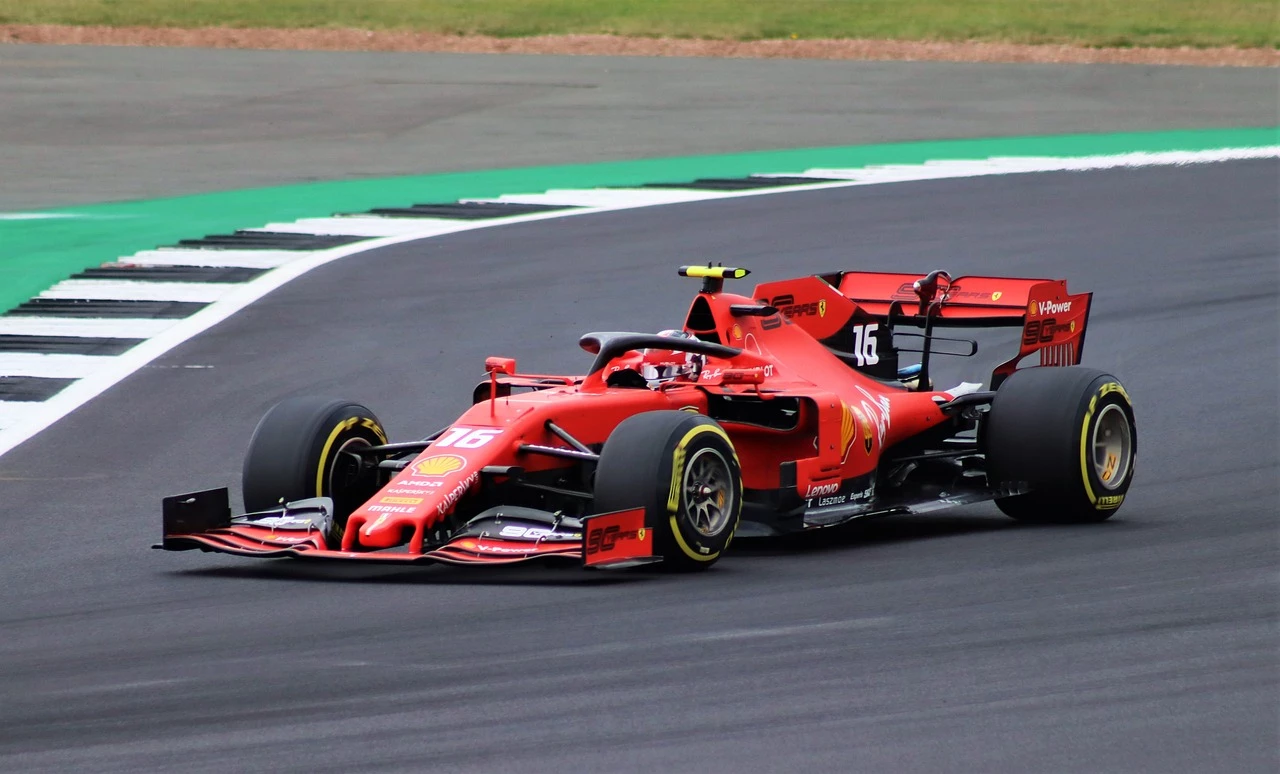The high-octane nature of Formula 1 racing doesn’t just appeal to automobile enthusiasts and speed demons; it’s also a battleground for the strategic minds and calculated risks of betting aficionados. With every turn, straight, and pit stop, the Japanese Grand Prix presents a thrilling opportunity to bet on one of the most prestigious races in the F1 calendar. If you’re someone who’s as likely to have a racing calendar as they are a betting slip, the Japanese Grand Prix is one of the must-watch events on the circuit from a betting perspective.
This comprehensive guide will walk you through everything you need to know about betting on the Japanese Grand Prix — from the bets themselves to the nuances of Suzuka’s iconic track. Whether you’re a seasoned pro or someone who’s about to get their feet wet, our goal is to ensure you’re well-equipped to harness the excitement of F1 racing in your betting strategy.

History of the Japanese Grand Prix
The Japanese Grand Prix is an integral landmark on the Formula 1 calendar. First hosted in 1976 at the Fuji Speedway, the race found its new home at the Suzuka Circuit starting from 1987. Famous for deciding championship battles, the ‘76 Grand Prix saw James Hunt winning the title by a single point from Niki Lauda, a story dramatized in the film ‘Rush’.
The race was also witness to some of Ayrton Senna’s most exceptional drives. Notably, his controversial collision with Alain Prost in 1989 and the subsequent battle in 1990 are etched in F1 folklore. The Japanese Grand Prix has a reputation for the unexpected; its importance is undeniable, historically and in the present day, offering betting opportunities that promise suspense and intrigue.
Bet Types
Before diving into the specifics of betting on the Japanese Grand Prix, it’s essential to understand the different types of bets available in F1. When it comes to betting on the Japanese Grand Prix, you’ve got a variety of options to play the odds.
Race Winner Bet
The most straightforward and popular bet. Here you’re placing your money on who you think will cross the finish line and take the top spot. Will the favorite or an underdog driver take the checkered flag?
Example:
Consider the ongoing performance of drivers leading up to the Japanese Grand Prix. Lewis Hamilton’s consistency or Max Verstappen’s raw pace might be tipping the scales in their favor. Alternatively, look at a strong performer who has a history of excelling at Suzuka, like Sebastian Vettel, to place a surprise bet.
Podium Finish Bet
This type of bet is less risky than predicting the outright winner. You’ll win if the driver you choose finishes in the top three, irrespective of the order.
Example:
Determine the skills of the driver at different types of tracks. Someone who is a consistent top-finisher, even if not always the winner, is a strong contender for this bet.
Fastest Lap Bet
Predicting who will record the fastest lap is about understanding a driver’s pace and the car’s potential. This is a speculative bet that can pay off well if you analyze it right.
Example:
Assess the practice and qualifying sessions ahead of the race. Also, look at the number of pit stops drivers typically take, as this can indicate a clear run to set the fastest lap.
Head-to-Head Bet
This is where you bet on one driver finishing ahead of another in the race. Bookmakers pair drivers based on various factors, sometimes disregarding the race’s result.
Example:
For instance, bet on Valtteri Bottas finishing ahead of Charles Leclerc if Bottas has been consistently outperforming Leclerc over several races.
Key Betting Aspects
Understanding the nuances of the Suzuka Circuit is crucial when betting on the Japanese Grand Prix. Each turn, the track’s elevation changes, and iconic ‘Figure of Eight’ layout can dramatically affect a driver’s performance.
Track Insights
Suzuka’s figure-eight layout means it features a variety of corners — the high-speed ‘S’ Curves, the challenging Degner and Spoon curves, and the high-stakes 130R. Each corner rewards different driving styles and has a significant impact on the overall pace. Analyze the bet you want to make and understand which parts of the track suit a driver’s strengths.
Weather Conditions
The unpredictable October weather in Japan can throw a curveball to race strategies. A wet track can change the game entirely, bringing lesser-known contenders to the fore and reshuffling the odds. Always keep an eye on the weather forecast leading up to the race, especially if you’re going for those riskier bets.
Past Performances
Review the performance of drivers over the years at Suzuka. Even recent history can be fertile ground for predicting which drivers are likely to perform well. Look at their comfort level with the track and track record (no pun intended) in the Japanese Grand Prix.
Team Dynamics
Understanding the nuances of team strategies and dynamics is as important as knowing individual driver histories. A strong team behind a driver can significantly increase their likelihood of success, making them favorable in the odds. On the other hand, internal team rivalries might affect a driver’s performance and outcomes, potentially shifting the balance of your bet.
Ready to put your knowledge to the test and experience the thrill of the Japanese Grand Prix with a wager? Galera Bet is your premier destination for all things F1 betting. With competitive odds, a wide range of bet types, and real-time updates, we ensure a seamless and exciting betting experience. Don’t miss out on the action—Sign up now and join the race to win big! Whether you’re backing the race winner, predicting the fastest lap, or engaging in head-to-head matchups, Galera Bet is here to make your F1 betting adventure unforgettable. Start your engines and place your bets today!
 Betting on the Tour de France Femmes 2024
Betting on the Tour de France Femmes 2024 Exploring the Tour de France Femmes 2024
Exploring the Tour de France Femmes 2024 Understanding the 2024 World Rowing Championship
Understanding the 2024 World Rowing Championship All You Need to Know About the 2024 Solheim Cup
All You Need to Know About the 2024 Solheim Cup 2024 World Rowing Championship Betting Guide
2024 World Rowing Championship Betting Guide Benjamin M.
Benjamin M. Søren G.
Søren G. Leonie D.
Leonie D. Jonathan khf H.
Jonathan khf H.